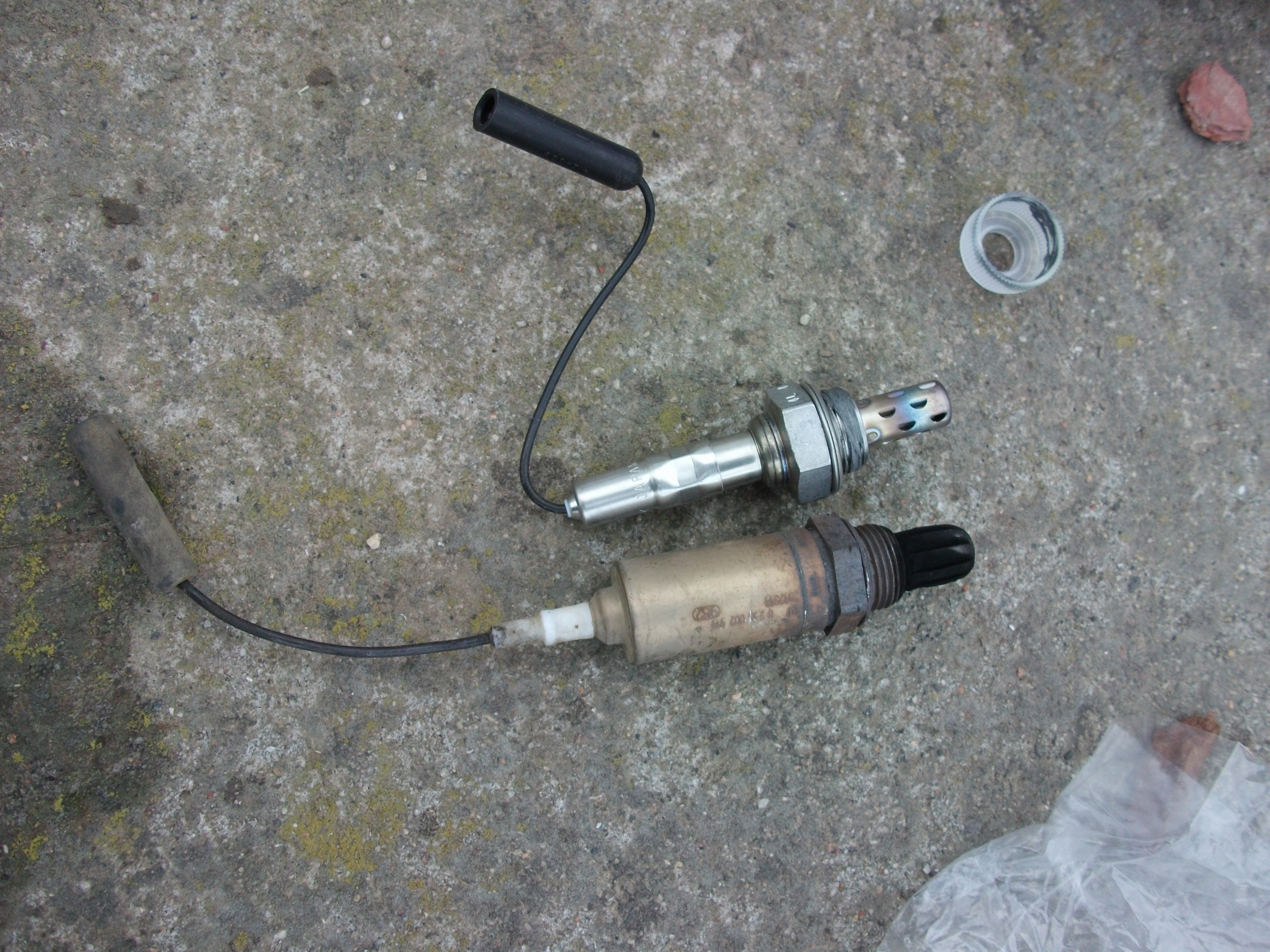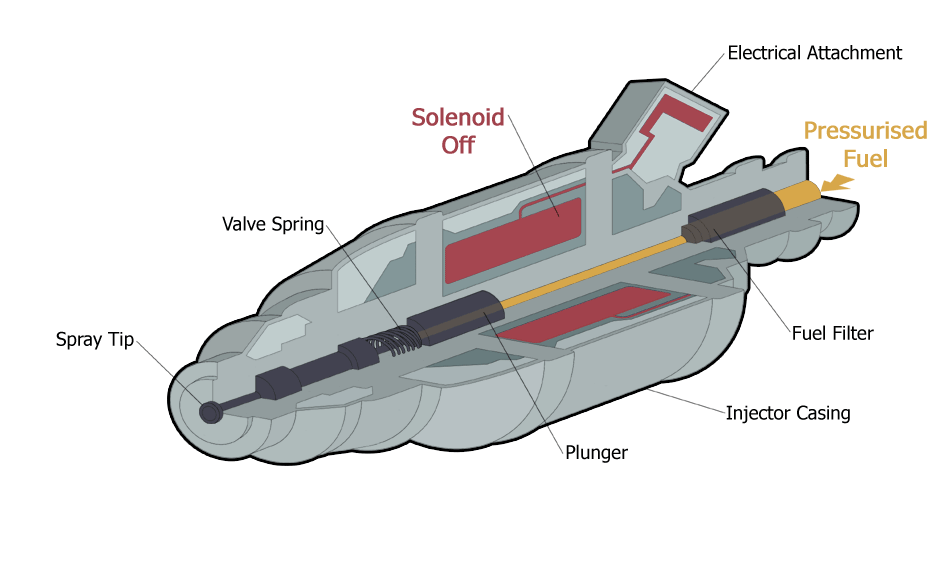Pay Attention! Navigating the Hazards of Sea Foam for Your Vehicle’s Health

1. **Dilution of Engine Oil**: One of the most commonly reported issues with Sea Foam is its potential to dilute your car’s oil. If the incorrect amount is used, it can thin out the motor oil, which may lead to serious problems down the line. Thinned oil can compromise the protective barrier it creates, leading to increased wear and tear on engine components. It’s essential to follow instructions carefully to avoid this pitfall.

2. **Impact on Fuel Economy**: Many users claim that using Sea Foam has resulted in a noticeable drop in fuel economy. A decrease in gas mileage can have a significant impact on your wallet, making you spend more at the pump. This is particularly frustrating for drivers who are already budget-conscious and looking to maximize their fuel efficiency.

3. **Risk to Oxygen Sensors**: If you’re contemplating using Sea Foam, it’s crucial to be aware that it may damage your car’s oxygen sensor. Damage often occurs when the oxygen sensor is already nearing the end of its life. If you’ve experienced issues with your O2 sensor, it’s advisable to address these problems before introducing Sea Foam into your engine.

4. **Compatibility Concerns with Fuel Injection Systems**: Some users report that Sea Foam may not be compatible with all fuel injection systems. Specifically, gasoline direct injection (GDI) engines may require a high-pressure cleaner for removing deposits from injectors and fuel lines, as suggested by some resources. However, the manufacturer of Sea Foam claims that their product is beneficial for modern GDI engines, presenting a conflicting narrative that can confuse consumers.

5. **Potential Damage to Catalytic Converters**: Using Sea Foam can lead to improper fuel amounts entering the engine, potentially causing excess gasoline to burn in the catalytic converter. This can result in damage that is often irreversible, leading to costly repairs. Given the importance of the catalytic converter in reducing emissions, it’s a risk that many drivers may want to avoid altogether.

6. **The Need for Additional Maintenance**: Using Sea Foam isn’t a one-step solution. Users often need to take additional maintenance steps afterward, including replacing the fuel filter, spark plugs, and oil/oil filter. Neglecting these steps could lead to further complications and negate any benefits gained from using the treatment.
7. **Misleading Claims**: There’s a lot of anecdotal evidence regarding the effectiveness of Sea Foam. While some users claim it works wonders, others consider it ‘snake oil.’ It’s essential to approach such products with a healthy dose of skepticism and weigh the experiences of other car users before diving in.
8. **Alternatives to Sea Foam**: If you’re looking for a more reliable way to maintain your engine, consider eco-friendly alternatives that might provide similar benefits without the risks associated with Sea Foam. Options such as GM or Mopar Combustion Chamber Cleaner are often recommended as they can clean more thoroughly without the drawbacks of Sea Foam.

9. **Engine Types and Usage**: It’s worth noting that Sea Foam may work better on older vehicles that have accumulated dirt and sludge over time. Newer engines, particularly those in good condition, may not see any significant benefits from using Sea Foam. In fact, they might experience more harm than good from such additives.

10. **Warranty Voidance**: Using Sea Foam could potentially void your vehicle’s warranty. Many manufacturers advise against the use of aftermarket additives like Sea Foam, and if engine issues arise, you could be left footing the repair bill. It’s a risk that many car owners might overlook, but understanding your warranty terms is crucial before using such treatments.

11. **Inconsistent Results**: The results of using Sea Foam can vary widely among different vehicles. While some car enthusiasts rave about their positive experiences, others report no noticeable difference. This inconsistency can lead to confusion and disappointment, particularly for those expecting a miracle cure for engine problems.

12. **Improper Usage Consequences**: Many users don’t follow the instructions properly when using Sea Foam, leading to improper application. The misjudgment in the amount to use can result in more harm than good, which is why a careful read of the user manual is essential. Ignoring instructions can exacerbate problems rather than solve them.

13. **Dependency on Additives**: Relying on Sea Foam or any similar additive can lead to a dependency mentality among car owners. Instead of addressing underlying issues such as poor maintenance or mechanical problems, users might think they can simply use Sea Foam for a quick fix, which could delay necessary repairs.

14. **Environmental Concerns**: Sea Foam, being a petroleum-based product, doesn’t come without its environmental concerns. The implications of using such products in relation to emissions and pollution must be considered, especially as modern vehicles increasingly emphasize eco-friendliness. Opting for greener alternatives could be more beneficial for both your car and the planet.

15. **Potential for Sludge Buildup**: While Sea Foam is marketed as a cleaner, there are reports that it can actually contribute to sludge buildup in some engines. This may occur when the additive interacts with existing residues, rather than cleaning them up. Understanding how your engine reacts can help in deciding whether to use such treatments or not.
Related posts:
Sea Foam Can Damage Your Car — What to Know About the Motor Treatment, Explained
What does The Garage think about Seafoam?
Stop the Smoke: Cures for Burning Oil
Discover more from Auto Travel World
Subscribe to get the latest posts sent to your email.














